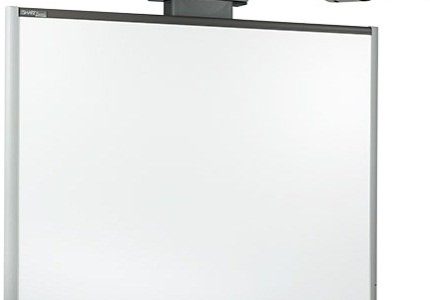
The Influence of Technology in Work-Life Balance
In today’s fast-paced and interconnected world, technology has become an integral part of our daily lives. From smartphones to laptops, we rely on these devices to communicate, work, and stay connected with the world around us. While technology has undoubtedly brought numerous benefits, it has also had a profound impact on our work-life balance.
Work-life balance refers to the equilibrium between professional and personal life. It is the ability to effectively manage one’s time and energy between work-related responsibilities and personal commitments. Achieving a healthy work-life balance is crucial for overall well-being, as it allows individuals to prioritize their physical and mental health, relationships, and personal interests.
Technology has revolutionized the way we work, making it easier to connect with colleagues, access information, and complete tasks remotely. However, the constant connectivity that technology provides has blurred the boundaries between work and personal life. With emails, instant messaging, and video conferencing available at our fingertips, it has become increasingly challenging to disconnect from work and fully engage in personal activities.
One of the primary ways technology affects work-life balance is through the expectation of constant availability. Many employers now expect employees to be reachable outside of traditional working hours. This can lead to increased stress and burnout as individuals struggle to set boundaries and find time for themselves and their loved ones. The pressure to always be “on” can disrupt family time, hobbies, and self-care activities, ultimately impacting overall well-being.
Moreover, technology has also created a culture of multitasking. With the ability to juggle multiple tasks simultaneously, individuals often find themselves working longer hours to keep up with the demands of their jobs. This can lead to a lack of focus and decreased productivity, as attention is divided between various responsibilities. As a result, individuals may feel overwhelmed and find it challenging to strike a balance between work and personal life.
On the other hand, technology has also provided opportunities for flexibility and autonomy in the workplace. Remote work has become increasingly popular, allowing individuals to have more control over their schedules and work environments. This flexibility can enhance work-life balance by enabling individuals to better manage personal commitments, such as childcare or caring for elderly parents. Technology has also made it easier to access resources and support systems, such as online communities and virtual coaching, which can help individuals navigate the challenges of maintaining a healthy work-life balance.
To effectively manage the influence of technology on work-life balance, individuals must establish clear boundaries and prioritize self-care. Setting designated times for work and personal activities can help create structure and prevent work from encroaching on personal time. It is essential to disconnect from technology periodically, whether it be during meals, vacations, or designated relaxation time. By setting these boundaries, individuals can recharge and engage fully in personal activities without the constant distractions of work-related technology.
Employers also play a crucial role in promoting a healthy work-life balance in the digital age. They should encourage open communication about expectations and provide resources to support employees’ well-being. Implementing policies that limit after-hours communication or encourage employees to take regular breaks can help alleviate the pressure to always be available. Additionally, employers can promote a culture of work-life balance by leading by example and fostering a supportive and flexible work environment.
In conclusion, technology has undoubtedly transformed the way we work and live. While it has brought numerous benefits, it has also had a significant impact on our work-life balance. The constant connectivity and expectation of availability can lead to increased stress and burnout, making it crucial for individuals to establish boundaries and prioritize self-care. Employers also have a responsibility to promote a healthy work-life balance by implementing supportive policies and fostering a flexible work environment. By effectively managing the influence of technology, we can strive for a better equilibrium between our professional and personal lives.





